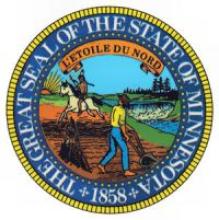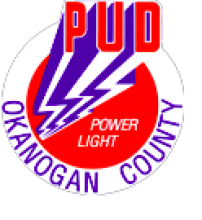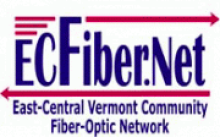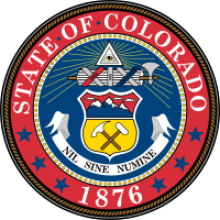Bill to Boost Broadband in Minnesota Struggles in Legislature
In a revealing video about the Internet access problem in rural Minnesota, Annandale City Administrator Kelly Hinnenkamp below describes her town's struggle with connectivity. The video is the latest in a series on the Minnesota Senate DFL YouTube page intended to shed light on the critical situation in the state.
Hinnenkamp describes broadband in the areas outside of Annadale as "horrific." She goes on to discuss how the community's poor connectivity negatively impacts its economic health. She shares a story about entrepreneurs from an artisan spice business once located in Annandale. The company started with online sales but the owners anticipated opening a storefront in the downtown area of the lake community. After contending with eight outages in three weeks, the new business pulled up stakes and moved to Buffalo.
Buffalo, located only 15 minutes away from Annandale, offers fast, reliable, affordable fiber service to local businesses.
In a February Minnesta Public Radio News article, Hinnenkamp told Dave Peters:
“Broadband is probably the single most important issue in our community right now,” she said. “Our big issue is not that we don’t have service but that we have one provider that has shown little interest in improving it. Broadband is our future."
In a Star Tribune article, Pete Kormanik, the owner of a local McDonald's, expressed his concern as a business owner:
Downloading data for a digital menu board — a task that would have taken 30 minutes at his other restaurants — dragged on for more than four hours.
After delays in processing credit cards, watching training videos and transmitting orders, Kormanik switched to an AT & T antenna. But a cloudy day can slow that service.
“If you can’t stay current with [connectivity], you’re just going to fall behind,” Kormanik said. “And businesses won’t go into those locations.”








